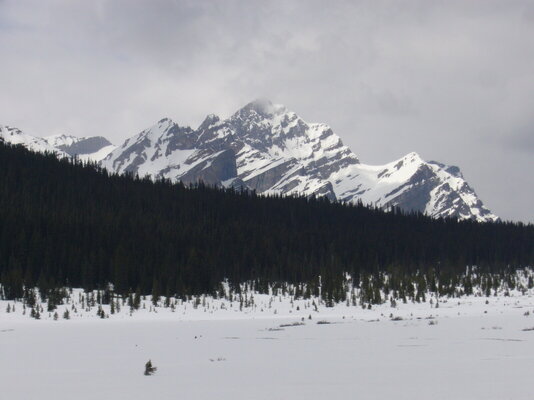Hi all!
While out riding this weekend, I saw many disabled cars on the side of the roads and at least disabled 1 bike (turns out, they were waiting on someone).
I was just wondering: when you're out riding, say in a remote part where the nearest town is far away, what is y'alls "standard operating procedure"? Who do you call? What do you do?
I know planning is important and we should all have this thought out before going out, but I can't help but wonder what I would do (not having much riding experience) when or if my bike gets a flat, for example, in the middle of nowhere.
Curious what y'alls thoughts are on this and care to share any of your stories?
thanks.
While out riding this weekend, I saw many disabled cars on the side of the roads and at least disabled 1 bike (turns out, they were waiting on someone).
I was just wondering: when you're out riding, say in a remote part where the nearest town is far away, what is y'alls "standard operating procedure"? Who do you call? What do you do?
I know planning is important and we should all have this thought out before going out, but I can't help but wonder what I would do (not having much riding experience) when or if my bike gets a flat, for example, in the middle of nowhere.
Curious what y'alls thoughts are on this and care to share any of your stories?
thanks.



 Feel free to hang out and lurk as long as you like. However, we would like to encourage you to
Feel free to hang out and lurk as long as you like. However, we would like to encourage you to  . If you hit the SOS your basically telling them to send a tow truck. If you hit the "other" button search and rescue will be notified and the calvary is coming.
. If you hit the SOS your basically telling them to send a tow truck. If you hit the "other" button search and rescue will be notified and the calvary is coming. 
